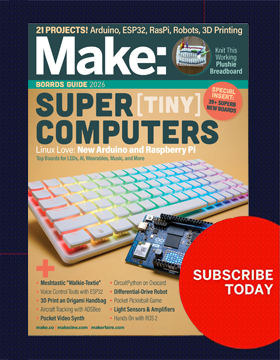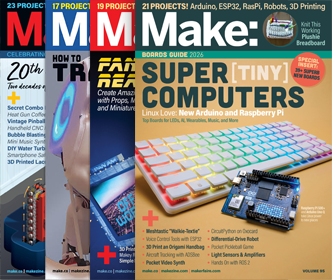Top 10: Most controversial posts
Although many of us bloggers grimaced to read your comments when these posts first went up, time heals all wounds, and we’ve been having a great time on the mailing list bandying about our memories of our best/worst “ouch” moments from Make: Online and CRAFT. I’ve compiled a list of the top/bottom 10 best/worst posts from our trip down memory lane, and have included the best/worst outraged comment, from each, to summarize. Enjoy!







